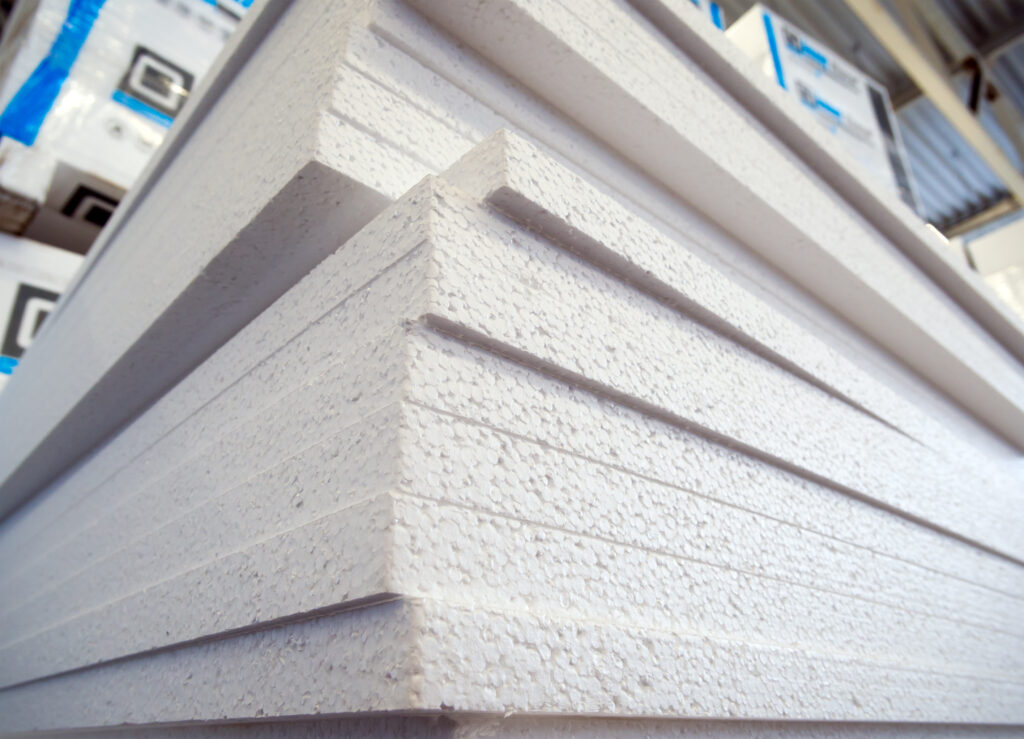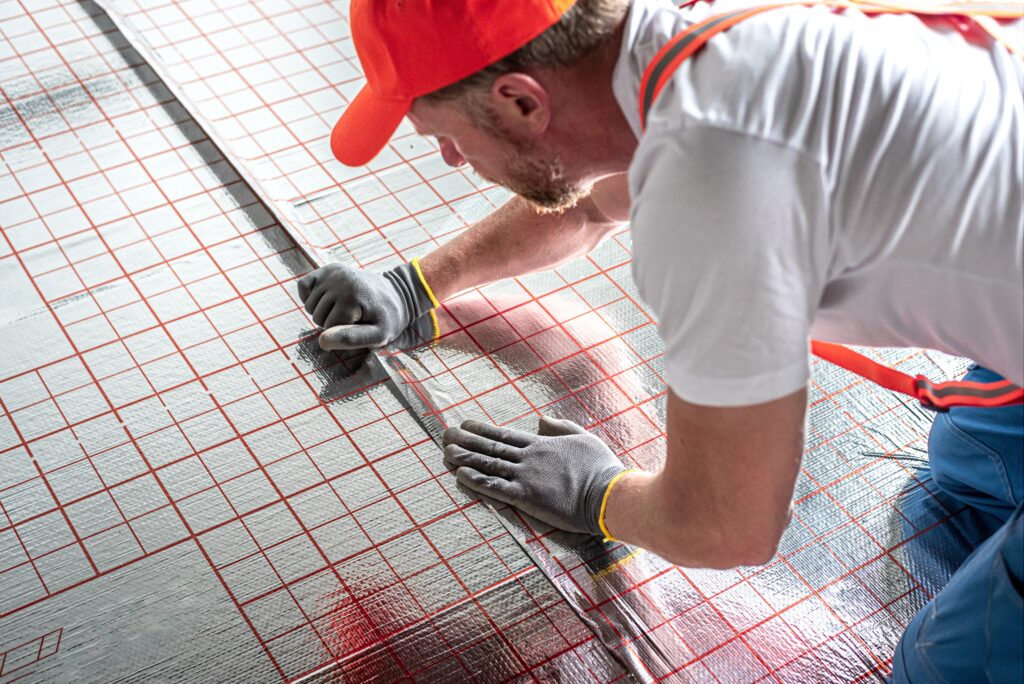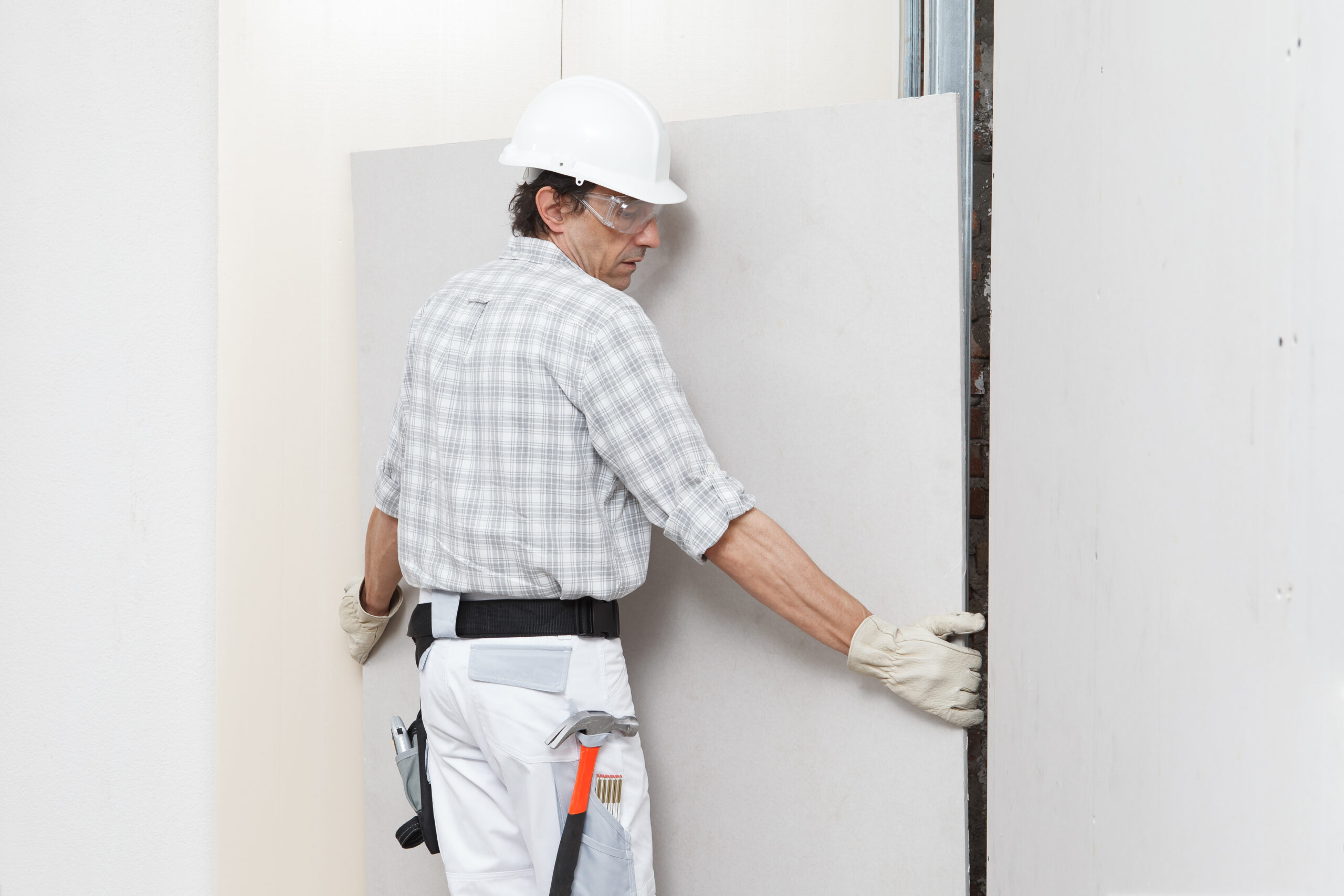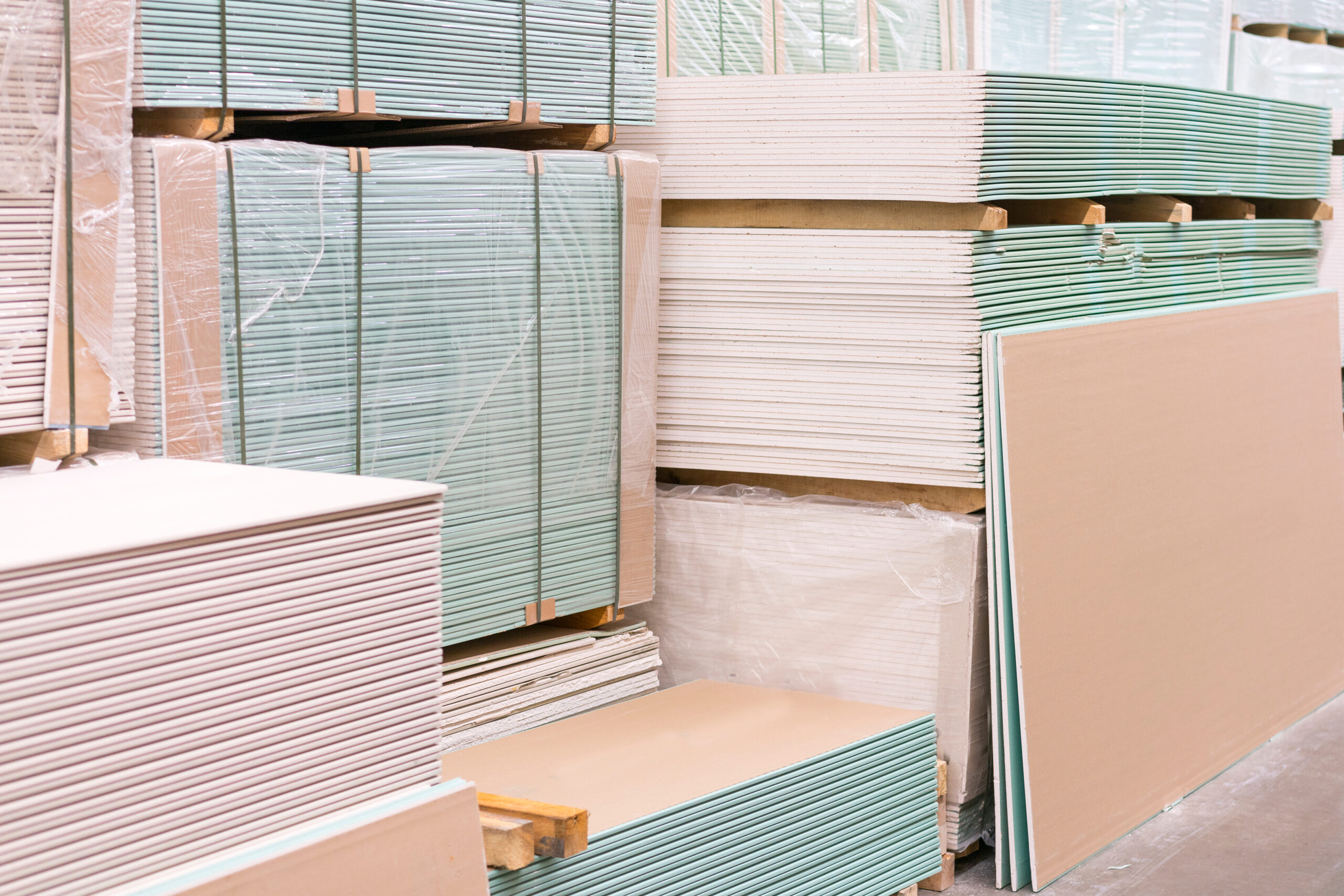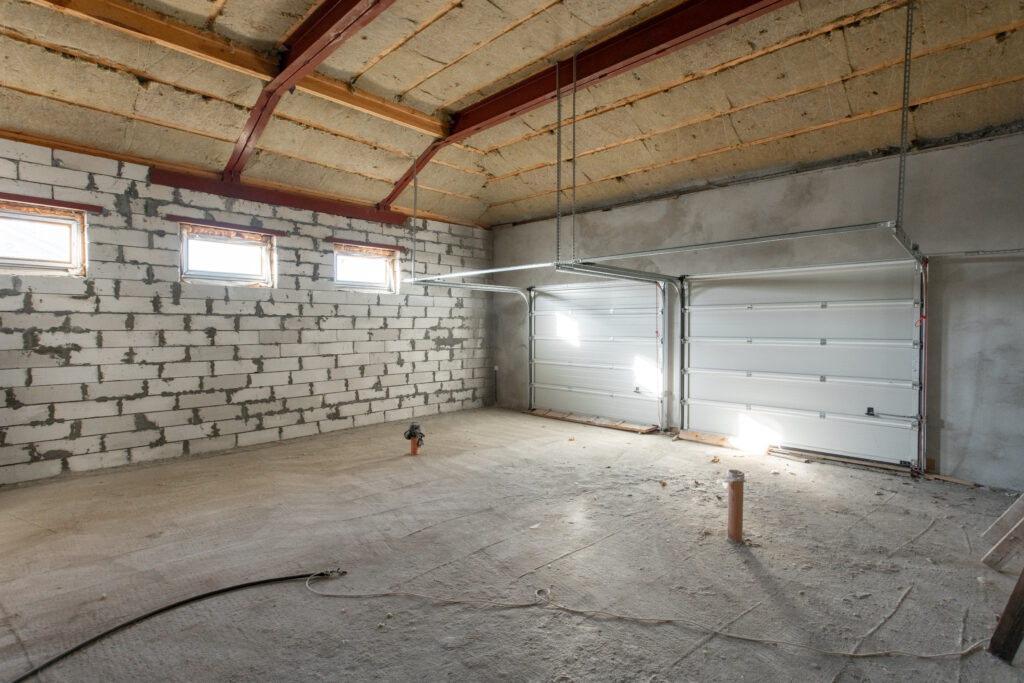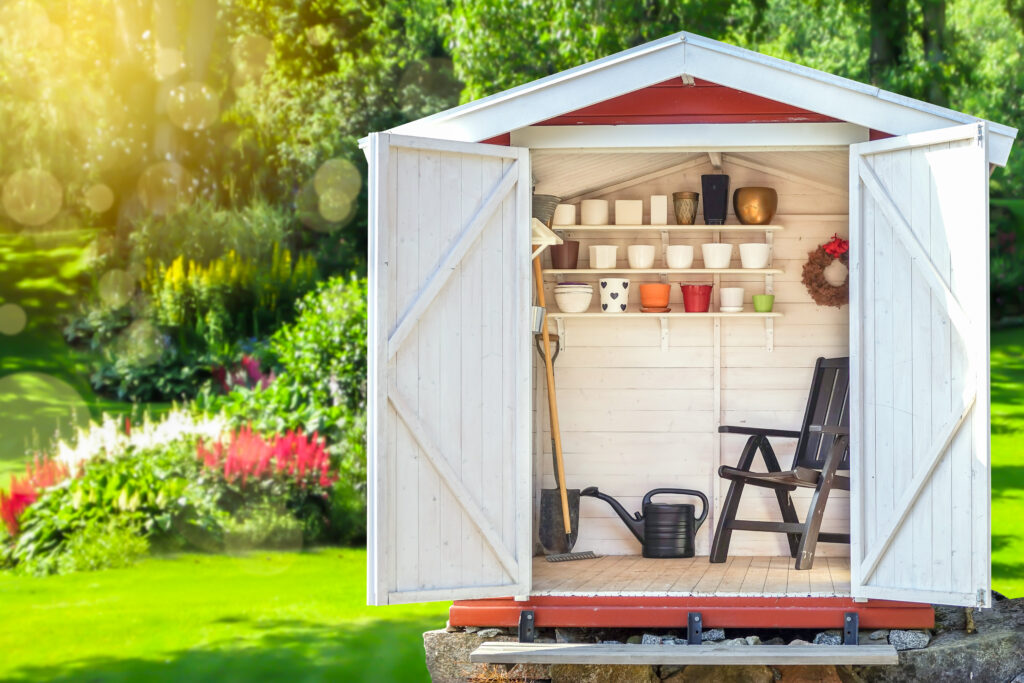Insulated Plasterboard
(19 Products)Insulated plasterboard (thermal laminate) is essentially an “all-in-one” lining: a gypsum wallboard factory-bonded to a layer of insulation. Because the two components arrive as a single panel, you line the wall once, saving space, labour, and follow-on trades compared with fixing insulation then plasterboard separately.
What Is Insulated Plasterboard?
Insulated plasterboard, sometimes called thermal laminate or insulated dry-lining, is a factory-bonded composite that pairs a sheet of gypsum plasterboard with a backing layer of insulation.
By combining lining and insulation in a single panel, it delivers a finished internal surface and a thermal upgrade in one hit, saving space and installation time compared with fixing the two elements separately.
Board Edge Types: Tapered vs. Square
Tapered Edge:
- Profile: Long edges are slightly thinned (approx. 2-4 mm over the last 50-60 mm).
- Finishing: Creates a shallow recess for jointing compound and tape, allowing for a smooth, flush finish without needing a full skim plaster coat.
- Benefit: Faster drying times, less wet work, quicker readiness for decoration. Ideal for paint-ready surfaces.
- Note: When cutting tapered boards to length, the new edge is square. Position cut edges in corners or use back-blocking tape to maintain the taper effect for seamless joints.
Square Edge:
- Profile: Board maintains full thickness to all edges.
- Finishing: Typically requires a 2mm skim coat of finishing plaster over the entire surface or a textured finish to hide joints. Please note, 2mm is a common minimum, the required skim coat thickness can vary depending on the desired final finish quality or the condition of the substrate.
- Use Cases: Suitable for areas to be fully skimmed, tiled, or where board edges will be concealed (e.g., behind cladding).
Gypsum Plasterboard Facing Types
The gypsum layer provides the surface finish and contributes to structural and fire performance. Different types are available:
- Standard (Type A): For general interior linings where no specific additional performance is required.
- Fire-resistant (Type F): Contains higher glass-fibre content and vermiculite. Adds 30-60 minutes of fire resistance. Often paired with high-performance insulation cores for fire-rated assemblies.
- Moisture-resistant (Type H1/H2): Contains silicone and water repellents, limiting moisture uptake to ≤5%. Essential for bathrooms, kitchens, and basements.
- Sound-deadening / Dense (Type D): Features higher-density gypsum. Provides 3-5 dB airborne sound reduction compared to Type A. Useful for separating walls.
- Foil-backed: Has a silver foil on the reverse side. This acts as an integral vapour control layer (VCL), important for solid-wall retrofits or cold roof applications.
The gypsum layer, not the foam, determines the board's Euroclass reaction-to-fire rating. For example, a Type F face bonded to phenolic foam can still achieve a B-s1,d0 rating or better.
Insulation Core Types
The insulation core is critical for thermal performance. Different materials offer varying properties:
Expanded Polystyrene (EPS)
- Thermal conductivity (W/m·K): 0.034-0.038
- Strengths: Low cost, easy to cut, recyclable.
- Considerations: Achieving desired insulation levels may require thicker panels; the material's softer surface is susceptible to dents or marks if adhesive points are too spread out.
Extruded Polystyrene (XPS)
- Thermal conductivity: 0.031-0.033
- Strengths: Higher compressive strength, closed-cell (water-resistant).
- Considerations: Can contribute more to overall wall depth than PIR.
Polyisocyanurate (PIR)
- Thermal conductivity (W/m·K): 0.022-0.024
- Strengths: Excellent thermal resistance per mm; foil facer often functions as VCL.
- Considerations: When used in certain building types or at specific heights, it must be paired with Type F gypsum to comply with relevant national or regional fire regulations.
Phenolic Foam
- Thermal conductivity (W/m·K): 0.019-0.021
- Strengths: Phenolic boards offer the best thermal conductivity among common foams; forms a protective char layer in fire.
- Considerations: Brittle edges require clean cuts; slightly higher cost than PIR.
Installation Methods
Installation of insulated plasterboard typically follows one of two primary techniques, each for specific wall types and executed with precision:
- Dot and Dab (Adhesive Bonding): The dot and dab method is commonly employed for solid masonry walls. Precise dabs of specialised adhesive are applied to the back of the insulated plasterboard, which is then pressed firmly against the wall. This technique accommodates minor surface irregularities often found in older buildings. For long-term stability, supplementary mechanical fixings (screws) are often used, providing reinforcement as the adhesive cures. Correct adhesive application, including a continuous perimeter bead and a zigzag pattern, is crucial for robust bonding and preventing air gaps that compromise thermal performance.
- Mechanical Fixing to Battens or Framing: For timber or metal stud wall constructions, or when a deliberate air cavity is required, insulated plasterboard is mechanically fastened to battens or a framing system using appropriate screws. This creates a void behind the board for routing essential services like electrical wiring and plumbing. If additional acoustic insulation is desired, sound-absorbing materials can be inserted within this void. Fire stops are necessary at the top and bottom of each board and around openings to ensure fire safety compliance.
Regardless of the installation method, meticulous substrate preparation (clean, dry, level), precise measurement and cutting, and accurate panel alignment are fundamental for a professional finish and optimal thermal performance.
Adherence to manufacturers' guidelines on fixing distances and adhesive application is essential for successful installation.
Thicknesses
We refer to all insulated plasterboards by their overall thickness, as this helps you to calculate how much space the board will take up.
For instance, Celotex has an insulated plasterboard product called "Celotex PL4025”, where the “25” refers to the fact that the thickness of the insulation board is 25mm.
However, this is bonded to a 12.5mm plasterboard, making the overall thickness 37.5mm. We, therefore, call this product “37.5mm Celotex PL4025”.
All of the thicknesses listed on our site refer to the thickness of the insulation plus the plasterboard.
Frequently Asked Insulated Plasterboard Questions
What Do The 's' And 'd' Classifications Signify In A Board's Euroclass Reaction-To-Fire Rating?
The 's' and 'd' classifications in a board's Euroclass reaction-to-fire rating (BS EN 13501-1) provide additional detail beyond its main combustibility class (A1 to F):
- 's' (Smoke Production): This indicates the amount and rate of smoke produced.
- s1: Little or no smoke production.
- s2: Medium smoke production.
- s3: High smoke production.
- 'd' (Flaming Droplets/Particles): This indicates whether the product produces burning droplets or particles.
- d0: No flaming droplets.
- d1: Some flaming droplets, but they extinguish quickly.
- d2: High production of flaming droplets that persist. These classifications are critical for assessing a material's contribution to fire safety, particularly regarding visibility for escape and the risk of secondary ignition.
Can I Paint Or Wallpaper Directly Onto Insulated Plasterboard?
Yes, you can typically paint or wallpaper directly onto insulated plasterboard, just like standard plasterboard. However, ensure that all joints are adequately taped and filled, and the surface is smooth, clean, and dust-free before applying any finish.
For the best results, it's advisable to apply a suitable plasterboard primer or mist coat before painting or wallpapering. If you're opting for a skim plaster finish over the board, allow that to fully dry before decorating.
Can I Fix Heavy Items Like Televisions Or Wall Units To Insulated Plasterboard?
Fixing heavy items to insulated plasterboard requires careful consideration. The gypsum plasterboard face itself is not designed to support significant point loads.
For heavy items like wall-mounted televisions, large shelving units, or kitchen cupboards, you must ensure fixings extend through the plasterboard and insulation into the structural elements behind (e.g., timber studs, solid masonry, or blockwork).
Alternatively, if the location of such items is known in advance, install timber "pattresses" or noggins within a stud wall frame behind the plasterboard to provide solid fixing points. Always use appropriate heavy-duty fixings designed for the specific wall structure and board type.
What Is The Purpose Of The Different Coloured Facings On Insulated Plasterboard?
The different coloured facings on insulated plasterboard are a helpful visual indicator for identifying specific performance characteristics, making it easier to select the correct board on-site.
- Ivory/White: Standard plasterboard (Type A).
- Pink/Red: Fire-resistant plasterboard (Type F).
- Green: Moisture-resistant plasterboard (Type H).
- Blue: Acoustic/Sound-deadening plasterboard (Type D).
- Silver (on reverse): Often indicates a foil-backed board with an integrated vapour control layer.

.jpg)
.jpg)

.jpg)


